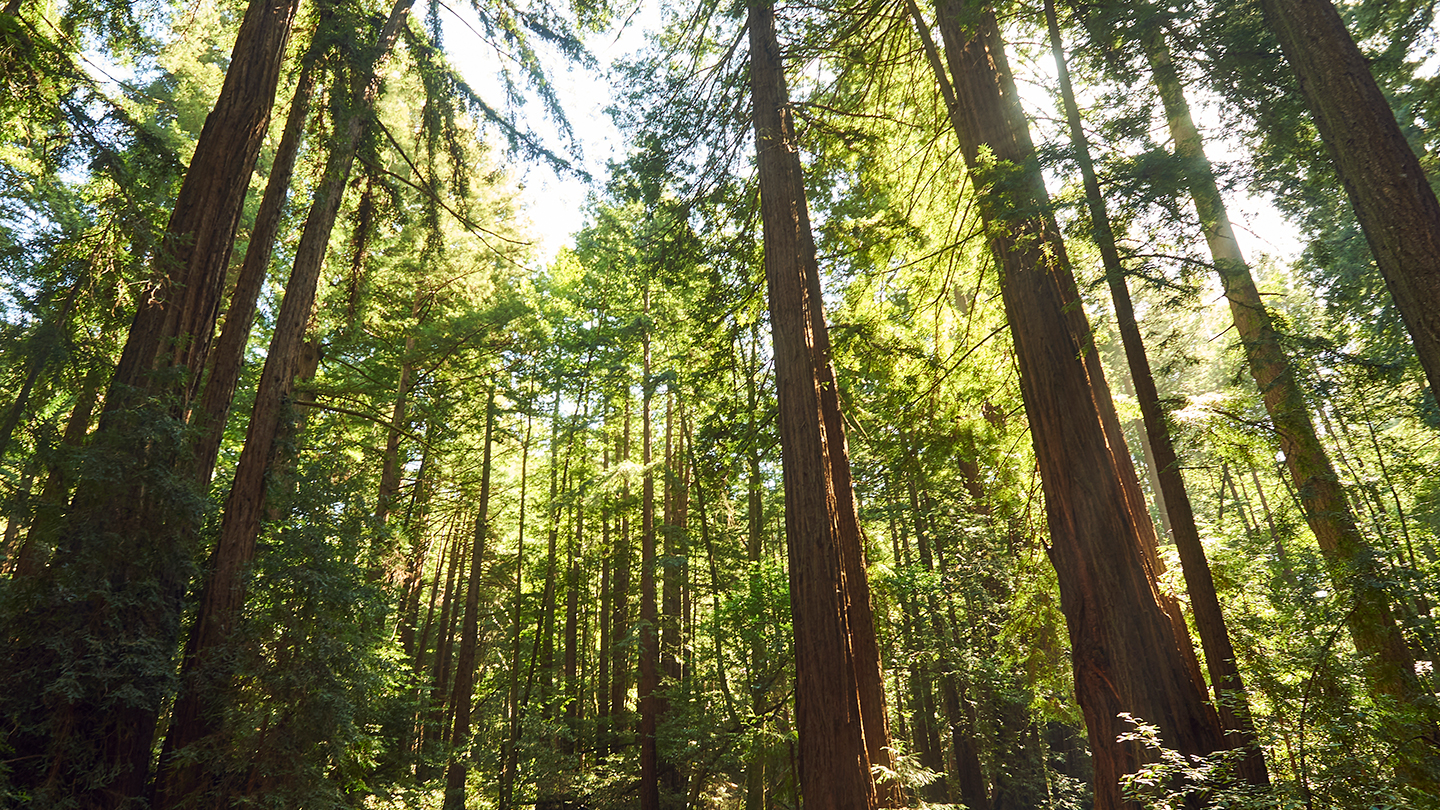A new map shows where carbon needs to stay in nature to avoid climate disaster
Over decades, centuries and millennia, the steady skyward climb of redwoods, th

Over decades, centuries and millennia, the steady skyward climb of redwoods, the tangled march of mangroves along tropical coasts and the slow submersion of carbon-rich soil in peatlands has locked away billions of tons of carbon.
If these natural vaults get busted open, through deforestation or dredging of swamplands, it would take centuries before those redwoods or mangroves could grow back to their former fullness and reclaim all that carbon. Such carbon is “irrecoverable” on the timescale — decades, not centuries — needed to avoid the worst impacts of climate change, and keeping it locked away is crucial.
Now, through a new mapping project, scientists have estimated how much irrecoverable carbon resides in peatlands, mangroves, forests and elsewhere around the globe — and which areas need protection.
The new estimate puts the total amount of irrecoverable carbon at 139 gigatons, researchers report November 18 in Nature Sustainability. That’s equivalent to about 15 years of human carbon dioxide emissions at current levels. And if all that carbon were released, it’s almost certainly enough to push the planet past 1.5 degrees Celsius of warming above preindustrial levels.
Releasing that 139 gigatons of irrecoverable carbon could have irrevocable consequences. For comparison, the United Nations’ Intergovernmental Panel on Climate Change estimates that humans can emit only 109 more gigatons of carbon to have a two-thirds chance of keeping global warming below 1.5 degrees C. “These are the places we absolutely have to protect,” Noon says.
Approximately half of this irrecoverable carbon sits on just 3.3 percent of Earth’s total land area, equivalent to roughly the area of India and Mexico combined. Key areas are in the Amazon, the Pacific Northwest, and the tropical forests and mangroves of Borneo. “The fact that it’s so concentrated means we can protect it,” Noon says.
Roughly half of irrecoverable carbon already falls within existing protected areas or lands managed by Indigenous peoples. Adding an additional 8 million square kilometers of protected area, which is only about 5.4 percent of the planet’s land surface, would bring 75 percent of this carbon under some form of protection, Noon says.
“It’s really important to have spatially explicit maps of where these irrecoverable carbon stocks are,” says Kate Dooley, a geographer at the University of Melbourne in Australia who wasn’t involved in the study. “It’s a small percentage globally, but it’s still a lot of land.” Many of these dense stores are in places at high risk of development, she says.
“It’s so hard to stop this drive of deforestation,” she says, but these maps will help focus the efforts of governments, civil society groups and academics on the places that matter most for the climate.
Tags:needs,




